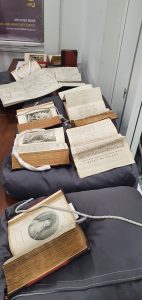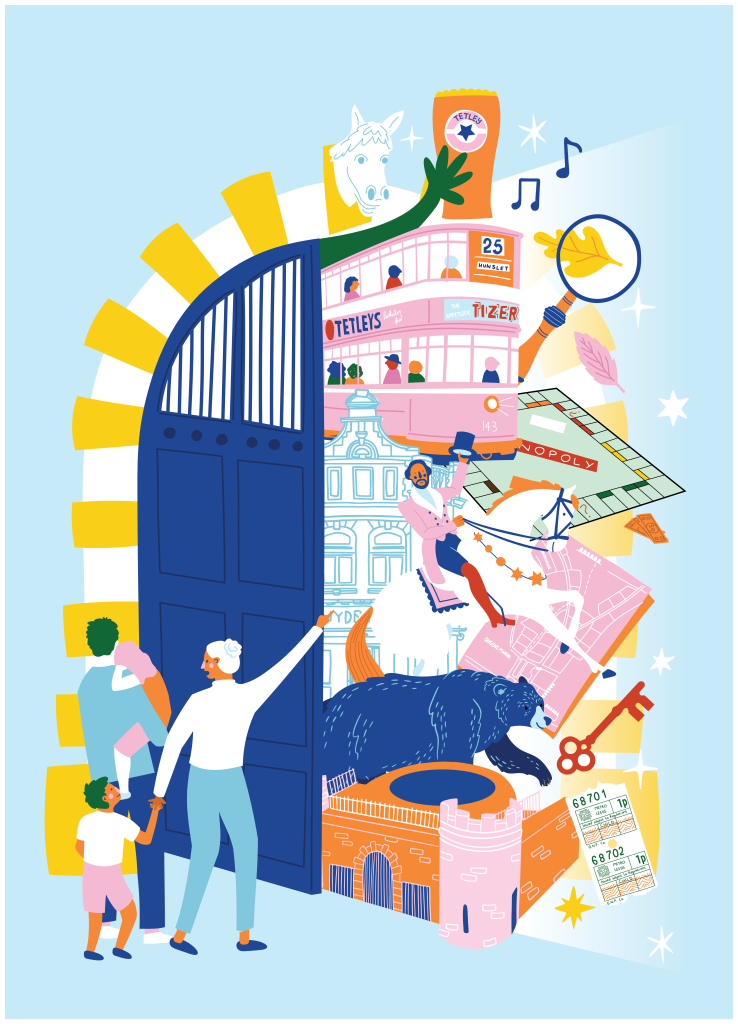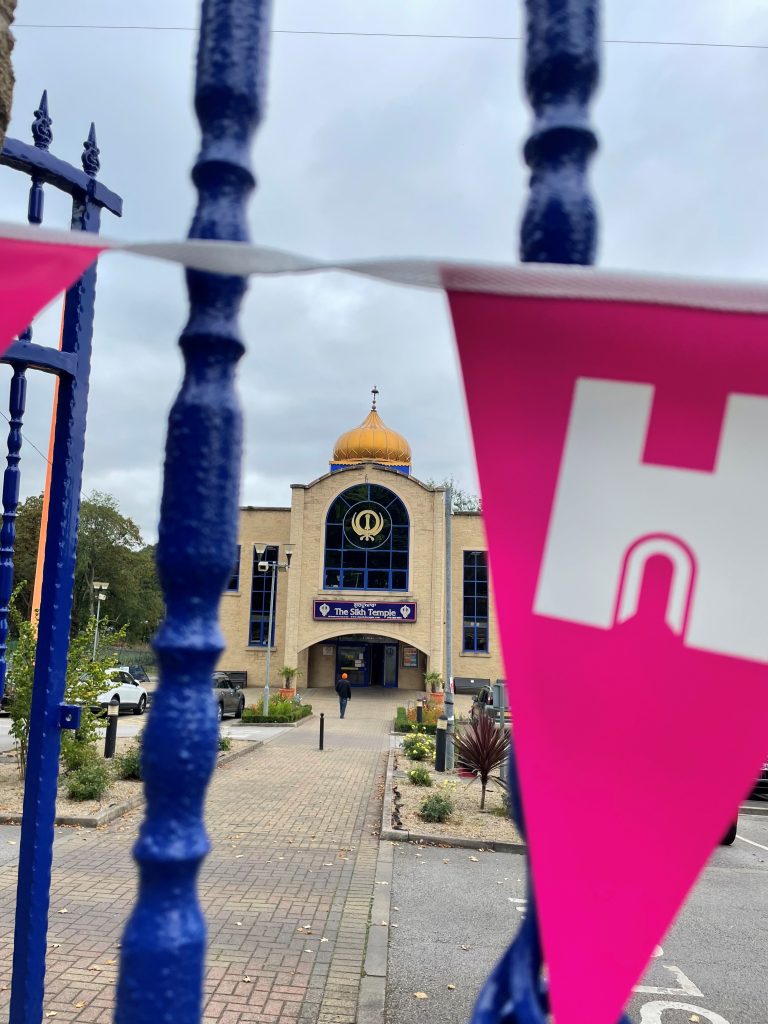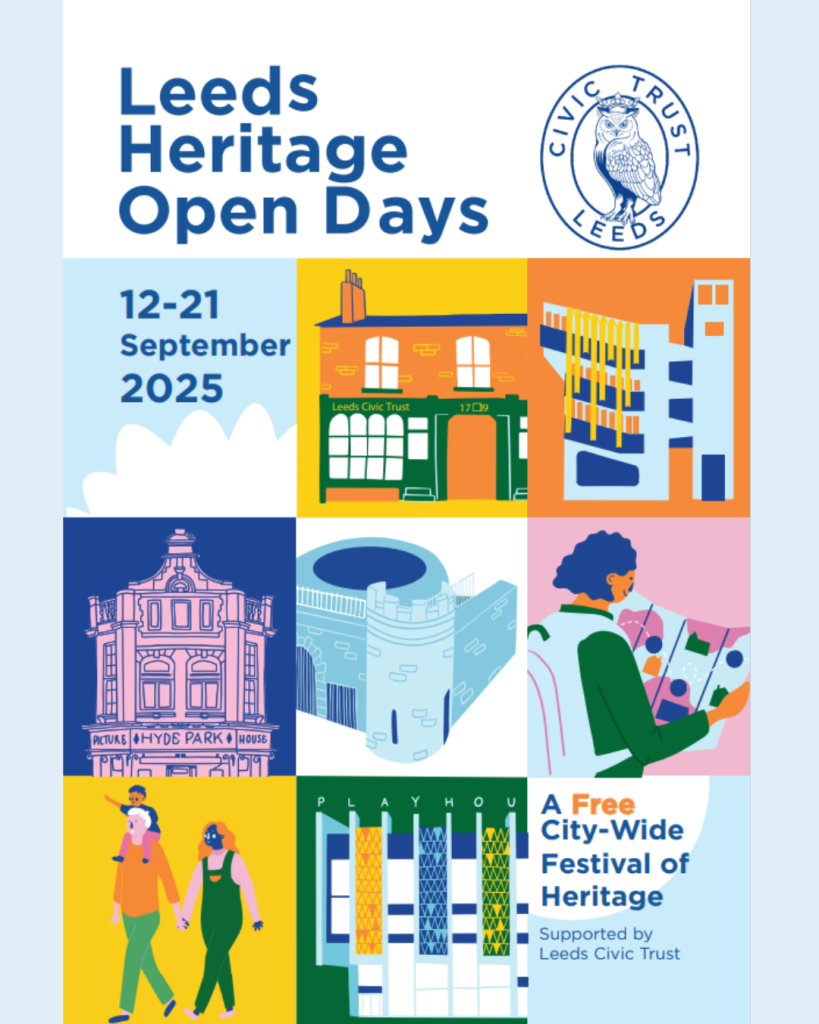I’ve heard it said that addicts should not only “own their habit”, but also proclaim it in a public forum. So here goes: my name is Steve and I’m a HODs junkie! For nearly twenty years I’ve spent many happy autumn hours walking the walks, listening to the talks, and looking around wonderful buildings.

In the beginning, Heritage Open Days simply allowed me the chance to access places not usually open to the general public; a rare opportunity to go through the doors of buildings which had piqued my interest when glanced in passing, or read about, and see them in all their glory. Over time I’ve been able to visit many dozens of architectural and engineering gems, from the Roundhouse and Marshall’s Mills, to Stanks Barn, Ledston Hall and the Leeds School Board building. These buildings have never failed to impress. The pleasure has been enhanced when expert guides point out and interpret particular unique features, or where current owners or tenants, who appreciate their fortune as custodians of heritage buildings, have been on hand to share their passion with interested visitors.
The depth of knowledge and love of neighbourhood demonstrated by local tour guides who volunteer to conduct walks around their district or village is equally impressive, heart warming and much appreciated. There is no better way to enjoy and learn about a new place than in company of such enthusiasts. Over the years this is how I’ve become familiar with many of the outlying districts of Leeds, from Adel to Yeadon, and many places alphabetically somewhere in between A to Y. Even in the inner city and more central suburbs that I know better, guides and speakers invariably point out hidden corners and add new details, colour, context, perspectives and anecdotes that convey their well founded pride in the communities that they clearly know so intimately.

In recent years, creative and cultural themes have become more prominent, and opportunities to experience performances in different arenas are always most welcome. Particularly memorable examples have included a superb vocal quartet performing at Northern Monk Brewery, entertaining theatre in St John’s Church, West Indian Carnival musicians and dancers performing joyously on New Briggate, and family friendly films shown at the Hyde Park Picture House. These type of events have helped to broaden the demographic appeal of HODs; now I can take my grandkids too!
Heritage events have provided the chance to fill, seal and label a can of ale at Horsforth Brewery, tour former live music venues in Leeds city centre, visit a jukebox factory in Manston and tour a fascinating Beeston research facility developing pioneering surgical equipment. I’ve eaten at a Sikh Temple, explored the contributions of the Jewish community in Chapeltown, and met and heard the stories of remarkable and resilient individuals at the Ahlul Bayt Islamic Centre. HODs clearly now cater for a wide audience and reflect admirably the experiences of the great range of inspiring people who have shaped our vibrant city over generations.
Now, because I know that when LCT publishes details of forthcoming events I will be spoilt for choice, the ten days of HODs have become sacrosanct; a time when work commitments and other social engagements are kept to a minimum. My wife has even taken to booking holidays with her friend in September in the knowledge that I’m otherwise engaged!

The Leeds Civic Trust organisers much appreciated attempts to arrange the schedule so that places are open whenever possible on multiple days of the week, weekends and evenings, makes events even more accessible, reduces clashes and the need to make difficult decisions about what to prioritise. It is now easier than ever for working age people to get involved, to bring along friends and family, listen to well illustrated talks and to make new friends on walking tours. HODs aren’t just for heritage junkies; they are offer something potentially life enhancing for everyone.


